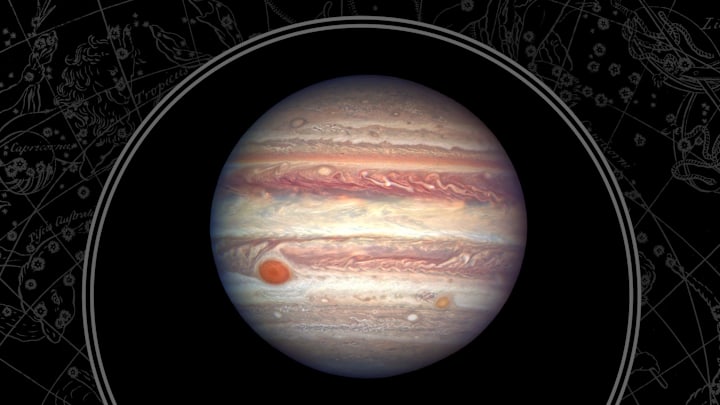Jupiter is the largest planet in our solar system, and the largest one that’s visible from Earth with the naked eye. And it will be even easier to spot on the night of November 2-3, 2023, when the gas giant reaches opposition, making it appear extra big and bright in the sky. Here’s what you need to know to catch the once-every-13-months spectacle.
What is Jupiter at opposition?
Roughly once a year, Earth comes between Jupiter and the sun. During this time, Jupiter is at opposition to the sun, which means that from our planet’s perspective, Jupiter appears to rise in the east as the sun sets in the west. On Thursday, November 2 and early morning of November 3, 2023, the sun will be in the perfect position to fully illuminate Jupiter’s gaseous surface.
Another factor influencing Jupiter’s spectacular appearance: the planet reaches the closest point in its orbit to Earth one day earlier on November 1. On that night, Jupiter will be a mere 370 million miles away from us, making it appear larger than usual. That, combined with its exceptional brightness, positions Jupiter’s opposition as the best time of year to see the planet from wherever you are.
When to See Jupiter at Opposition
To see Jupiter at its brightest, wait until the sun has completely set and the sky is dark on the night of Thursday, November 2. The moment of opposition occurs at 1 a.m. Eastern Daylight Time on Friday, November 3, and the planet will be brighter than usual in the hours before and after the event.
The bottom line: Look skyward at any time on the night of November 2–3 and you should be able to catch a glimpse of Jupiter before it eventually disappears in the western sky. Spot it near the constellation Aries.
A version of this story was published in 2020 and has been been dated for 2023.
